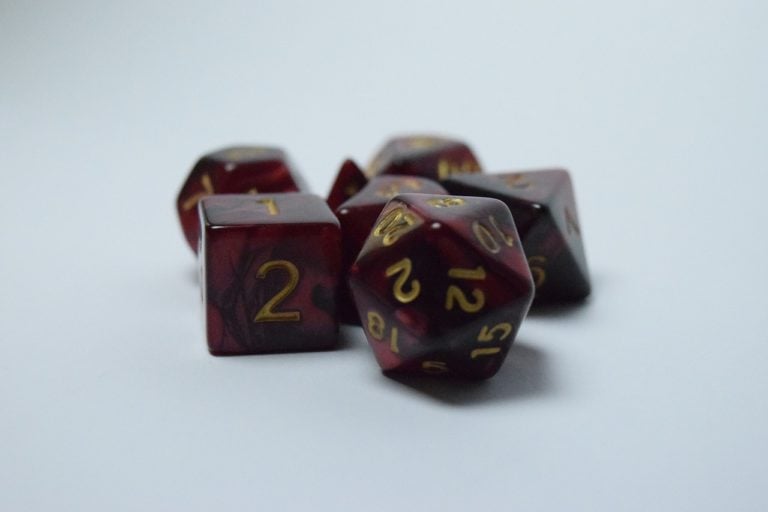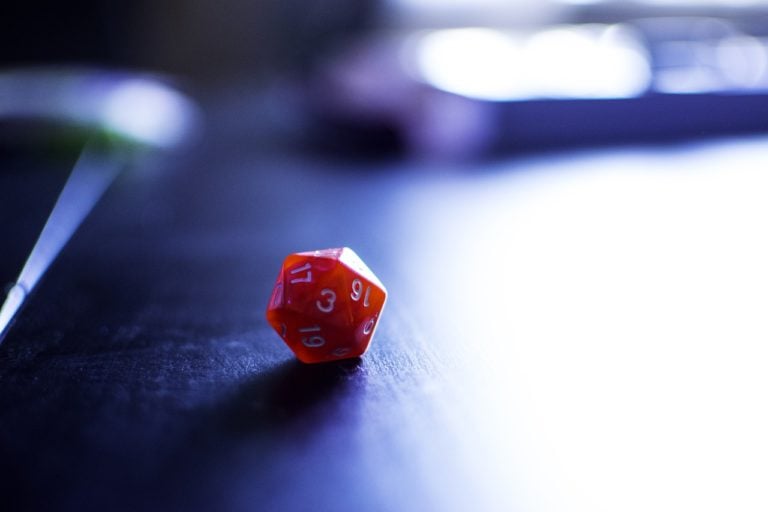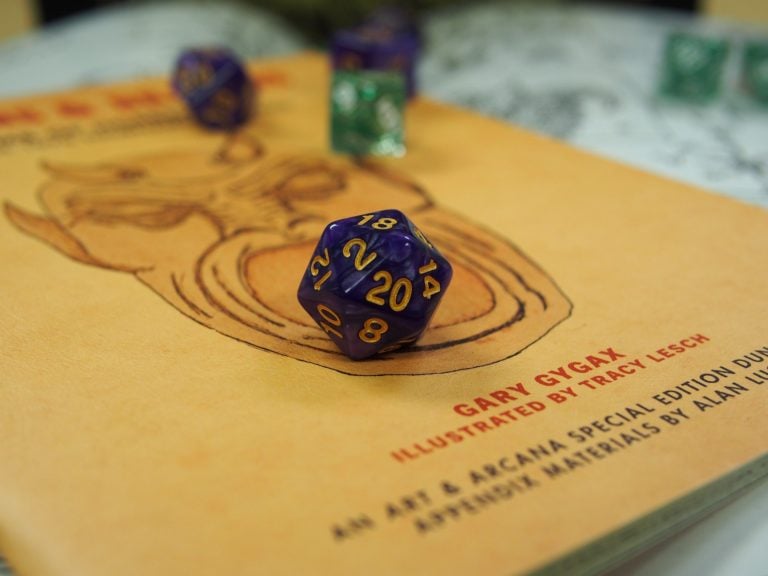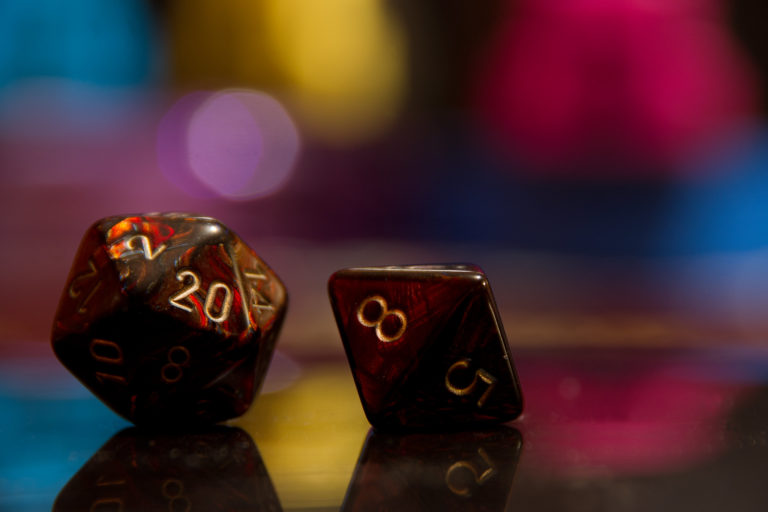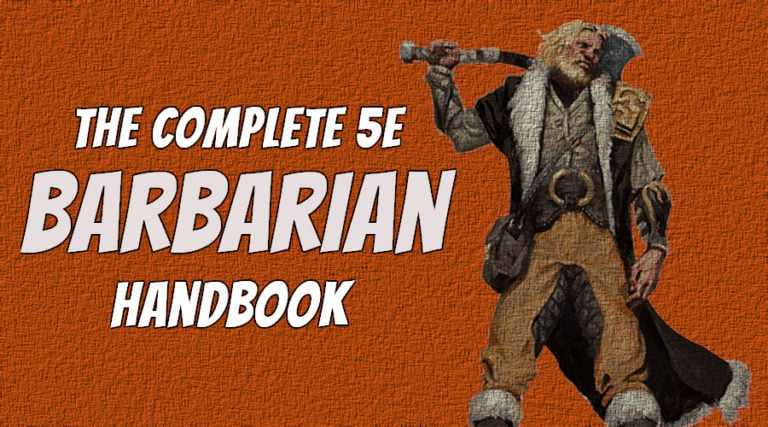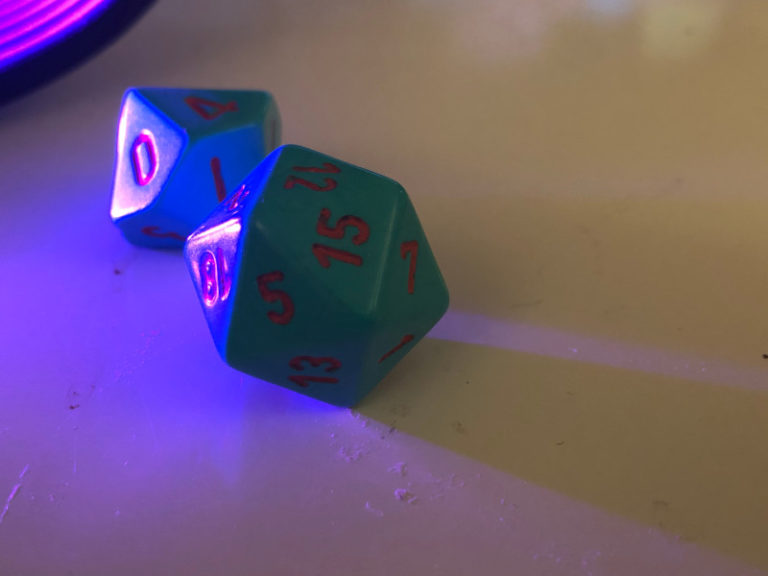Conjuration Wizard 5E | Breaking Down the School of Conjuration
Conjuration is the school of creation; bringing things to this world that weren’t there before. It’s there to make weather, items, and – thanks to the Player’s Handbook – a subclass of Wizards. Conjurers are also responsible for teleportation and movement, making them the prime choice if you want to either construct a cut of rib or avoid becoming dinner yourself. They are so important for farmers and merchants – they can stop droughts, food shortages, and summon creatures to defend them. Are they just as useful in a player party? Let’s find out with our Conjuration Wizard 5E Guide.
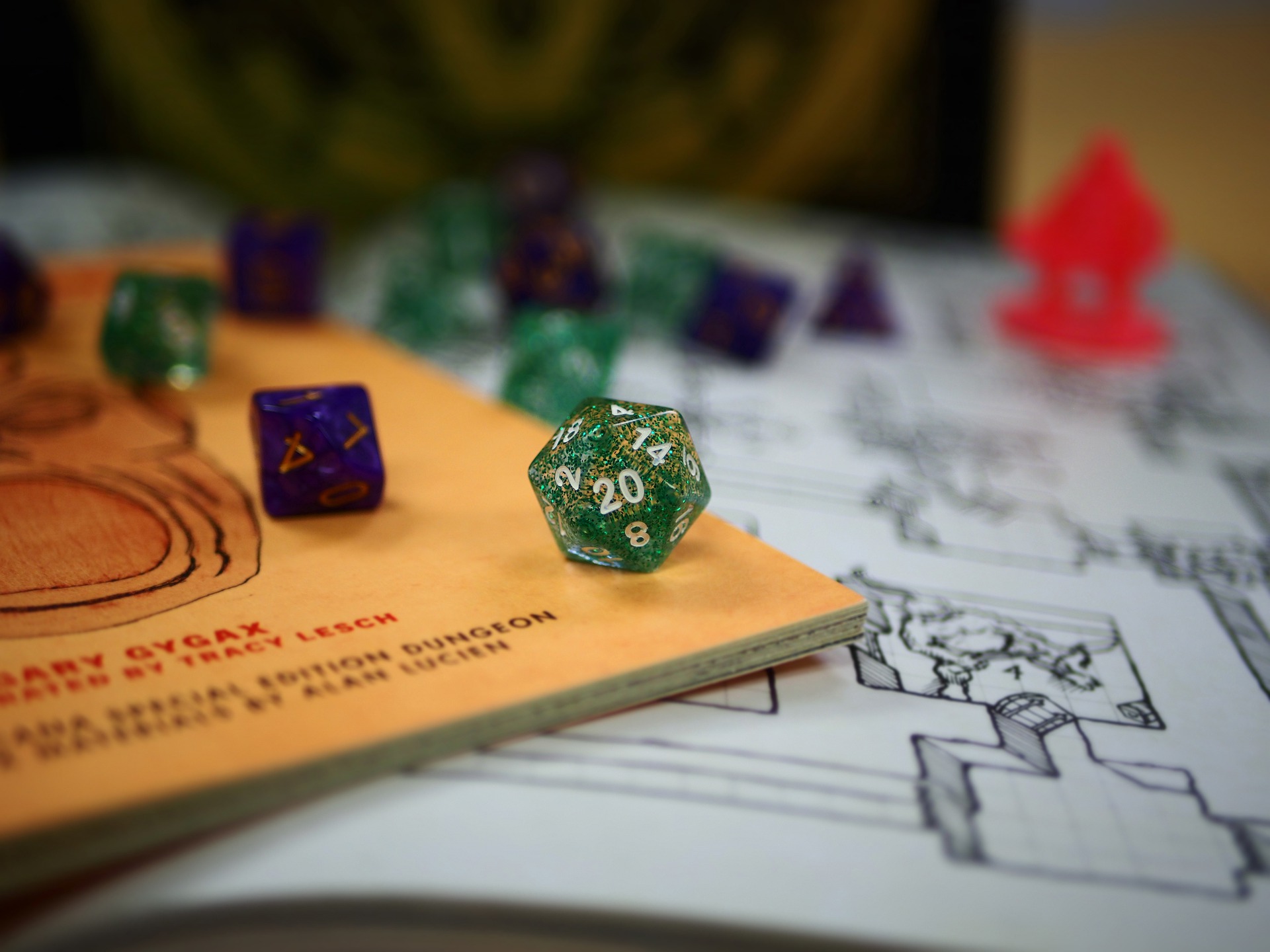
Table of Contents
Create a Plane: Conjuration Wizard 5E
The Conjuration Wizard is a pseudo-blaster with a focus on summoning. Your goal is to defend your backline with summoned creatures to reinforce the frontline.
Unfortunately, this wizard school just doesn’t do a lot. The abilities are lackluster, and only two of them help with Summoning… Your main thing. And neither do a very good job of it. If you’re wanting to be a Conjurer, consider siding with War Magic or another school instead. Conjuration Magic almost works exactly as well with any other subclass
Conjuration Savant
Of course, the strength of this class is not helped by the Savant ability that the PHB classes have.
Beginning when you select this school at 2nd level, the gold and time you must spend to copy a Conjuration spell into your spellbook is halved.
This ability’s power is exclusively dependent on your GM. Does your GM throw many conjurers at you? Then you’ve hit the jackpot! Do you have a chance to sit at a library and study spellbooks for a week? Awesome, that’s a few new spells in your pocket! Otherwise, you might be in trouble.
Conjuration is the school of summoning and teleportation. Not too many enemy Wizards will have summoning – that’s an annoying thing for a Party to deal with! – but a lot of them will have Dimension Door, or Web. You might be able to get away with collecting some of your later-game Conjuration spells from random books. Still, you’ll want to pick up your basic and advanced summoning spells to be as useful as possible for your party. Don’t leave your important stuff to chance!
Minor Conjuration
Here’s where the problems start brewing for this subclass; at level 2, you get a cantrip.
…you can use your action to conjure up an inanimate object in your hand or on the ground in an unoccupied space that you can see within 10 feet of you. This object can be no larger than 3 feet on a side and weigh no more than 10 pounds, and its form must be that of a nonmagical object that you have seen. The object is visibly magical, radiating dim light out to 5 feet.
The object disappears after 1 hour, when you use this feature again, or if it takes any damage.
This isn’t useless… But it doesn’t help you in that crucial, early stage in a Wizard’s life, where their Subclass is their best offense and defense.
This spell is highly dependent on your GM’s kindness, and how creative you can be. It also, strangely, relies on how many things your character has seen. Thank goodness you can always say your wizard has seen a log before! If you wish, you can roll a 10-pound log down a hallway to check for tripwires and pressure plates. That’s useful!
Otherwise… The options are limitless, but somewhat pointless. You could conjure a Dagger to help stab someone in a bar fight. Or, you could make a bottle of ink to write messages that only last an hour. You could create a perfect copy of a statue to help solve a crime. It can solve a lot of problems…
But none of them is the actual problem that you have. Which is at level 2, Wizards need more than another cantrip.
This ability could potentially solve a lot of problems, but it doesn’t solve your big problem. You’re putting yourself in a very risky situation here.
Benign Transportation
Because Conjuration is both teleportation and summoning, you get something with teleportation first. Neat, but goodness that’s not too helpful.
Starting at 6th level, you can use your action to teleport up to 30 feet to an unoccupied space that you can see. Alternatively, you can choose a space within range that is occupied by a Small or Medium creature. If that creature is willing, you both teleport, swapping places.
Once you use this feature, you can’t use it again until you finish a long rest or you cast a conjuration spell of 1st level or higher.
Oh, and the ability isn’t that good.
A lot of class abilities have restrictions on where or when you can teleport, so this feature’s freedom is great. You can move wherever you want, including right onto an ally’s square. You can move the princess out of her cage, cast a Conjuration spell, and then teleport out the next turn. It’s like Dimension Door all by itself, with the added benefits of space-switching!
So… What gives? Why is this bad?
Well, most class abilities that offer teleportation offer it as a Move or Bonus action. For example, the Shadow Monk, that only has a darkness limitation… And it gets advantage on attacks after. Compared to this ability, Shadow Step seems like you rolled out a red carpet for movement opportunity.
Though, this ability has more rule-bound princess saving applications. That’s a plus!
But, it’s a free teleport anywhere you want. That’s worth something, yeah? But it isn’t, not really; this is an action to cast Misty Step, unless you’re teleporting with someone else. Misty Step is a 2nd level bonus action spell. And Dimension Door removes the requirement of seeing the space, and gives you 500 feet.
If you specifically think your GM will put you in a “princess-in-a-cage-lowering-into-lava” scenario, then this ability would be a good addition to your toolkit. However… It’s just not worthwhile. You have too many better teleportation options.
Focused Conjuration
At last, a summon ability! Your bread-and-butter is finally going to get better! It’s about ti-
Beginning at 10th level, while you are concentrating on a conjuration spell, your concentration can’t be broken as a result of taking damage.
Oh, it’s… It’s a concentration thing. Cool.
So, unsurprisingly, this is a bit superfluous by level 10. The bright side is, by now, damage is getting rough. DC of half damage is usually impossible by now, unless the enemy is a martial with low damage output. Being able to completely ignore those concentration checks means your summon spells – and cloud spells – can stay alive longer. Even if you’re targeted by arrows or fireballs!
A few problems, however. Firstly, you’re a summoner. You have an army of disposable meat to throw in front of you. If you’re getting hit by anything, you’re likely not making use of Fly, Misty Step, Dimension Door, Invisibility, etc. You have so many ways to avoid taking damage entirely that you probably shouldn’t be taking any damage anyways.
Another? You’re a Wizard. Taking damage has never been just about losing Concentration; It’s been about the sword-sized hole in your chest. You can’t take that much damage, so you’re going to have to use defensive spells to avoid anything. That means that this is simply a backup plan if you do get hit, rather than an important class feature.
Despite how powerful this may seem, Wizards simply have other ways to avoid taking damage. You don’t need to rely on this; your concentration is pretty unlikely to be broken by damage in the first place. If you like the flavor of this ability, I’d recommend checking the War Mage. That reduces damage taken, and makes it so spells that might stop you from concentrating are more likely to fail.
Durable Summons
This ability is the only one that successfully does something better than any other class or spell. And that’s because it strictly buffs your summons.
Starting at 14th level, any creature that you summon or create with a conjuration spell has 30 temporary hit points.
And it’s an unscaling 30 temp HP shield. Ugh.
So, 30 HP for free is obviously fantastic. This means when you summon 8 creatures with a Minor spell, you give out 240 HP. And, if you use an 8th level spell slot to triple that, you handed out a staggering 720 temporary hitpoints. That’s a lot! Most creatures are going to have trouble beating through your army of little friends without level 5 or 6 Areas of Effect. And they actually have a half-decent chance to hit, thanks to how low AC is in this edition.
Of course, summoning a single creature makes this a bit worse. You can summon a CR 10 demon (a dangerous debacle), but giving that just 30 hitpoints makes it only likely to survive a few extra weapon smacks, or one more spell. Also, you’re probably gonna not want to tell the party you gave the rampaging barlgura extra health.
So, you’re gonna wanna throw out a bunch of CR 1 Elementals, or weaker elementals. It depends a little bit on the AC of the creature you’re fighting – and if the GM implemented flanking rules. Giving the CR ¼ creatures, like, triple or quadruple the health will make them so much better at tanking hits.
And your GM will probably hate you.
Best Race for Conjuration School Wizards
The Conjuration school is probably your best chance to experiment with low intelligence Wizards. That being said, I’d recommend still getting Intelligence to 20 ASAP. You just benefit from Int too much. Dexterity and Constitution are good for staying alive on the battlefield.
Kobold
Okay, maybe “best” race was a bit of a misnomer, but hear me out.
The Volo’s Guide Kobold is rocking a +2 Dexterity, -2 Strength. You don’t care about Strength, so this is an okay stat log. In addition, since your Summons count as allies (well, your Elemental summons), you can get Advantage easily. That means your cantrips and spells with ranged spell attack rolls will absolutely destroy your surrounded opponents. In addition, if you get surrounded, you can use Grovel, Cower, and Beg to give your allies – and summons – advantage to save your life.
If your GM is nice, do consider talking to them about negating Sunlight Sensitivity or replacing the Strength reduction with an Intelligence increase. Despite the flavor text saying Kobolds are creative and clever… They decided to give them a penalty to a score. One of the two races that take it.
Even so, get a bunch of spell attack slots and you’ll do fine.
Githyanki
The Githyanki from Mordekainen’s Tome of Foes are a strength-based race that gives Medium Armor proficiency. Admittedly peculiar, but not exactly bad for you! Thanks to that, if you were worried about getting hit, you can cast in half-plate. Or, if you’re super adventurous, you can dump Dexterity and get Heavy Armor at level 4 to just chill in Plate mail. You still get +1 Intelligence from the base Gith stats, and the spells you get are great. A bonus proficiency and language is far from useless.
You even get Misty Step! Your own racial ability one-ups your class feature! That’s hilarious!
Best Feats for Conjuration Wizards
Conjuration Wizards have one need met that most Wizards use feats to solve. By level 10, the Conjuration Wizard has very little need for feats to help their concentration. The bulk of their concentration spells should be through summoning and other Conjuration effects, so you don’t need things like War Caster or even Resilient.
That being said, you still have some Wizard staples that work really, really well for the class. Mainly, once your Intelligence is maxed out and your Constitution is in a comfortable place, the following feats are particularly handy.
Metamagic Adept
Metamagic Adept allows any caster to theoretically unlock the casting potential of the Sorcerer, though at a very minor and limited degree. Metamagic Adept gives two sorcery points. These points can only be used for Metamagic options, even if you decide to invest in Sorcerer levels in the near future.
Thankfully, Metamagic Adept does give you not one but two metamagic options to use these points on. In general, it’s a good idea to get Quickened Spell for emergencies and then some other option that best works for you and your party. Distant Spell is good for split-second decisions, Twinned Spell lets you do something like double-cast Tasha’s Hideous Laughter, and Extended Spell lets you hold onto a spell for longer. That’s especially useful for things like your summoning spells, where an extra minute could let you hold onto a single spell for two encounters.
Of the metamagic options, we recommend Quickened Spell and Twinned Spell. Quickened Spell gives you very strong split-second power, where you can cast an impactful spell as a bonus action and then use your action for something like drinking a potion, interacting with your environment, or even casting a cantrip to pump out just a tiny bit more damage.
Twinned Spell is a bit more situational. As long as you have 1st and 2nd level spells that are single-target and are worth duplicating, then this is a great way to basically cast two spells at the same time. The aforementioned Tasha’s Hideous Laughter is an excellent way to lock down two enemies at once, since Twinned Spell considers both targets to be for the same concentration slot.
Both of these spells are situational game-changers, but remember; there are only two points to spread out over the course of a day. Use them wisely.
Telekinetic
The telekinetic feat is an option that you can actually consider very early on in your Wizard’s career, depending on how their ability scores pan out. That’s because it starts with a +1 to a single mental score of your choice. For our Wizard, this’ll be Intelligence. So, if you start with 17 Intelligence, this can be your way to get to 18.
Which is a good thing. Telekinetic is a bonkers feat outside of the simple +1. It grants two huge benefits to you outside of simple ability scores.
The first is Mage Hand. Okay, a cantrip isn’t exactly broken, but this version of Mage Hand is invisible and requires no components to cast. That means it’s a lot easier to use in situations where nobody knows you have access to magic, like when you’re imprisoned. An invisible Mage Hand is also a lot harder to interact with than a visible one, meaning you can get away with a lot of additional shenanigans.
If you already had Mage Hand, you get another 30 feet to the range, for a total of 60 feet. A 60-foot range Mage Hand is significantly easier to pull off shenanigans with, since you can very easily tuck around a corner and be safely out of range of searchers.
The second benefit of Telekinetic is a brand-new bonus action. This bonus action is a push or pull of five feet, with a Strength saving throw to resist. However, allies can choose to instead just be moved. This is a very useful bonus action to have. You can shift a squishy Sorcerer out of range of a deadly ogre, move a Barbarian to be in-range to smash a Lich, or give a party member just a tiny head start to their movement action.
Tough
Tough is one of the most basic feats in the game, granting a character a total number of hit points equal to double their character level. That’s it!
Tough has some very simple math to it. In terms of HP, getting Tough is basically getting a +4 to Constitution. That’s a huge improvement to your hit points. And, if you end up getting an Amulet of Health later, Tough stacks very well with that improvement to Constitution.
However, in the short term, Tough is a +0 to Constitution for saving throws. While the Conjuration Wizard has good ways to not have to roll concentration checks, Constitution is still one of the most important saving throws in 5E.
The choice between Tough and a simple +2 to Constitution is hard, but normally leans very slightly towards Tough. Especially for a Wizard whose concentration check is not a big problem after level 10.
FAQ for the Conjuration Wizards
What is the Difference between Evocation and Conjuration for Wizards?
Evocation refers to a school of magic that focuses on brief expulsions of elemental energy with an emphasis on damage. Conjuration is a school of magic that is the magic of more permanent creation and movement of matter from one place to another. That’s why Evocation has more impactful but brief spells like Burning Hands or Fireball while Conjuration still has attacking spells like Ice Knife, but also summoning spells like Summon Construct and teleportation spells like Teleport.
What can you Summon with Minor Conjuration?
What you can summon is largely up to DM interpretation. Most DMs will allow standard adventuring items that can fit within a small area, such as a brick or log, or something more complex like ink. A handful of DMs might allow you to make more complex items that are non-magical, like very small constructs or embroidered disks, as long as it doesn’t require too many parts. Heck, some DMs might allow something like 10 lbs of a liquid that you’ve seen before, like water or poison. This is not a guarantee, and you should really talk with your DM about a specific option that you’re interested in creating.
Is Minor Conjuration a Cantrip?
Minor Conjuration is very close to a cantrip, but is not a cantrip by definition. It is a magical effect that can be dispelled and identified as magical, but it is not a cantrip and therefore not a spell. You cannot Counterspell Minor Conjuration, for instance, since it is just an action that creates a non-magical object. It is also not learnable by any other Wizard, since it is a class feature, and effects that modify spells cannot modify the use of Minor Conjuration. However, spells can adjust the properties of the item you summon.
Example Conjuration Wizard Build
Before we can really get in-depth with a build, we need to go over the limitations that our DM has placed on us. For the purposes of showing off how strong the Conjuration Wizard can be, we’ll be strict at the start.
- No multiclassing. No Fighter or Artificer levels for us. That’s going to hamper our durability fairly significantly, but it at least keeps things simple.
- No lineage rules. Our races need to have defined ability score improvements. That locks us out of a few races and limits our realistic choices, since Wizards really, really need Intelligence. However, the guide should be easy enough to follow with strong races like Owlin.
- Can use any book for Backgrounds or Races. Thankfully, our DM has all of the official books, so we can use those for backgrounds and such. That’s great, since we’re going to need all the help we can get if we don’t want to just lock in Gnome.
- Standard equipment. We have to use the default choices for Wizard in terms of starting items. Not a problem! Wizards have completely acceptable equipment for any start.
- Standard Array. Standard Array means we take the numbers 15, 14, 13, 12, 10, and 8 and just swap those around all of our Ability Scores. This isn’t optimal or anything, but it will give us the stats we need to survive the early and mid game.
- Our party includes a Cleric, Bard, and Druid. Very unique party. Our Wizard will be focused on area-of-effect damage and summoning, since none of these classes do fantastic at blowing up multiple enemies at a time.
These limitations are a bit harsh, but we can still make it work. We’ll go ahead and play as a Variant Human, with our bonus feat being Telekinetic. This gives us the potential to get +2 Int, +1 Con.
We’ll also use the simple background of Investigator for Perception and Investigation, alongside Thieves’ Tools and a Disguise Kit. This’ll give our Wizard a lot of things to do outside of combat, and also make for fascinating roleplay moments. Why might a Conjuration Wizard be so interested in crime solving? Elemental Police Force!
Our concerns for skill proficiencies are light, but a group usually wants someone with Arcana and Religion knowledge. As a human, we can grab another Intelligence-based skill, like Nature or History, to further bolster our party’s memory of things. History tends to be very slightly more useful after a certain point in a campaign, so we’ll scoop that up. As a human, we’ll also grab Draconic for our language, since that’s an innately magical language. Fun and useful.
Our ability scores should prioritize Intelligence, as expected.
| 5E Conjuration Wizard Build |
| Race: Variant Human Ability Scores: STR 8, DEX 14, CON 14 (13 + 1), INT 17 (15 + 2), WIS 12, CHA 10 Proficiencies: History, Arcana, Religion, Investigation, Perception, Thieves’ Tools, Disguise Kit Starting Equipment: Dagger, Component Pouch, Scholar’s Pack, Spellbook, Magnifying Glass, Murder Note, Common Clothes, 10 gp Languages: Common, Draconic |
| Level | Class Benefits | Choices |
| 1 | -Arcane Recovery -1st Level spells | We’re close, but not quite done, with choices to start our Wizard journey. Cantrips. We only get three cantrips, four with our Mage Hand from having Telekinetic already. So, let’s get an aggressive cantrip with Fire Bolt, a universally useful cantrip with Prestidigitation, and a somewhat useful combat debuff with Mind Sliver. Fire Bolt is higher damage, but Mind Sliver targets Intelligence Saves and debuffs saving throws, so is more consistent and applies a useful lategame effect. Especially with our party as caster-heavy as it is. Spells. We start with six first-level Wizard spells. For the purpose of this guide, we’ll never assume that you pick up any spells, so we need to learn some very specific spells that’ll be useful at all points in the game. For right now, we’re going to grab Shield, Mage Armor, Sleep, and Magic Missile for combat purposes; strong reactions, defensive tools, and spells that can be incredibly useful against low-health targets. For out-of-combat utility, we’ll take Alarm and Find Familiar; protection while we’re at our most vulnerable and the ability to search out a friend. In this party especially, having the ability to summon a reusable spy is going to come in handy constantly. |
| 2 | -Conjuration Savant -Minor Conjuration | This is the level we start to get some conjuration-based abilities. This isn’t exactly key to our build yet, but remember that Minor Conjuration exists. Depending on your DM, this could be incredibly powerful or just kind of nice. Spells. Let’s pick up Silvery Barbs and Identify, two spells that scale fantastically into the late game. Silvery Barbs especially is a spell that is so annoying for DMs to deal with. Identify is just nice to have. Avoid those curses, friend! |
| 3 | -2nd Level Spells | Conjuration spells start to get a little bit better at this level, but there are a few extra items on our shopping list that we want beforehand. Spells. Scorching Ray is a necessary evil for our party’s low damage output, dealing solid damage and upcasting effectively. Web is our first major combat conjuration spell that locks down entire hallways. It’s very effective, as long as you’re not fist-fighting spiders for a living. |
| 4 | -Ability Score Improvement | An interestingly complex level for us. Feat. Instead of a standard Ability Score Improvement, we’ll round out our 17 Intelligence with Fey Touched. We’ll go ahead and get Command. It’s a solid defensive spell that we can use to keep people away form us. Cantrip. We get another cantrip at this level. Shape Water offers a lot of potential in specific situations, with snap-freezing being uniquely powerful. Spells. Because of the composition of our party, Dragon’s Breath becomes an effective option to give our Druid and Cleric some good bonus actions against hordes of enemies. Invisibility is going to come in handy for our loud and proud party, so having it around will be nice. |
| 5 | -3rd Level Spells | Third level spells are by far our busiest, especially since the party has put us into damage-dealing duty. Because of our guide’s limitations, we’re often going to come back to level three to get everything we need. Spells. Fireball is too efficient to ignore, even as a Conjuration build. Summon Shadowspawn is perhaps the most annoying summon of this level, having fast speed, fine hitpoints, and the ability to cause the Frightened condition in a surprising area of effect. |
| 6 | -Benign Transposition | Benign Transposition is a valid option in this party. Getting your Cleric out of danger isn’t a bad idea, nor is replacing yourself with an angry Bear. Spells. Counterspell is very strong. Despite our party being filled with casters, we’re the only one that gets this spell innately. Figures. Our other spell for this level will be Fly. Giving our Druid Flight while in a deadly Wild Shape can be game over for some monsters, while they would otherwise be significantly less useful. |
| 7 | -4th Level Spells | Level four has enough going for it that we will be staying here for a while. Spells. Summon Aberration is a versatile and potent summon spell which will function as a major distraction for us. However, for when we need to summon a bunch of monsters, Conjure Minor Elementals will let us swarm single targets and they’ll soon not even be able to stop it by hitting us. Please talk with your DM before learning this spell in particular, though, since it is a lot of additional heavy lifting on their side. |
| 8 | -Ability Score Improvement | This level is similar to level four, but significantly less interesting. Feat. We’re just going to take our +2 to Intelligence. Yes, a bit boring, but that’s 20 Intelligence. That means our spells are as impactful as possible, and we’ve got a ton of utility to back them up. That’s really worth it. Spells. Wall of Fire is an impressive area damage spell that we sadly should really take. Sometimes, you just need to dome the field for 5d8 per turn. For the other spell, we’re going to grab Greater Invisibility. It’s a cowardly solution, but you will need to drop Concentration to run for your life at times. |
| 9 | -5th Level Spells | Fifth level magic is the last point where magic is easy to spam, and there’s not to many options for Conjuration here. Let’s go over a handful of options you should consider. Spells. Summon Draconic Spirit is your concentration Conjuration spell for this level. It deals great damage, can spit areas of effect, and is brutally tanky. Cloudkill is effective damage and area denial, which is important for our party. |
| 10 | -Focused Conjuration | At this point, you really want to try to spend spell slots on conjuration spells. You can’t drop them due to getting damaged, meaning you’re much better at keeping your summons alive until they naturally pass. You can still get knocked out and effects like Sleet Storm clear it for free, but otherwise, you’re set. Spells. Dispel Magic, from level three, is a good spell to have in reserves at this point. A lot of magical effects can be devastating if left around for a while. Creation is a unique utility spell that all Wizards should consider, since it lets you make so many unique items. Cantrip. You get your last cantrip this level. Message will be important for communicating to your party without the message being relayed to the world. Mending is good if your DM makes you count broken lockpicks. |
| 11 | -6th Level Spells | Sixth level spells are only available up to twice per day, so make sure they’re effective. Spells. Summon Fiendish Spirit from Tasha’s summons a beefy spirit that can fly, deal quite significant damage three times per turn, and resist spell effects. Since you can’t drop Concentration too easily, this is a good spell to have around. Disintegrate is very high damage, something that this party is sorely lacking. |
| 12 | -Ability Score Improvement | An ability score improvement? Nowadays, you need more defensive stats than ever, but not necessarily much for Constitution saving throws for Concentration. Feat. We’ll take Tough. This feat improves our health by a pretty significant 24 health. Might not sound like much, but when we had about 74 health to begin with, that’s a 33% boost. Well worth it. Spells. Two more spells. Eyebite is a very strong and effective concentration spell for when we don’t just want to throw demons at the problem. Globe of Invulnerability is super helpful against casters, since it prevents our spells from being countered by lower level Counterspells. |
| 13 | -7th Level Spells | Our 7th level pool is relatively lacking in the Conjuration spells with a concentration duration. That’s fine. We have plenty of very strong spells that we should scoop up here. Spells. Forcecage doesn’t take concentration, locks down multiple creatures, and even prevents teleportation. It’s a must-have. Plane Shift is a multi-faceted get-out-of-jail free card or sends a target to a plane of existence that they can’t escape. Well, that they’ll need to take a handful of busses to escape. |
| 14 | -Durable Summons | Our summons are now a lot more annoying to deal with. That’s nice, since they haven’t improved overly much since level five. Spells. Contingency is a return to lower-level magic that will let us cast spells like Invisibility when attacked, or Misty Step if something walks up to us. It’s an amazingly strong, but expensive, spell. Speaking of expensive, Simulacrum is a great spell to use on ourselves or a party member before a big fight. For the low cost of 1,500 gp, you can quite literally make another you. |
| 15 | -8th Level Spells | These spells get a bit wild, so let’s go over the ones you need for your build. Spells. Maze is a conjuration Concentration spell that locks a character out of the game unless they have a good Intelligence score or critically succeed. It’s a must-have, every time. Incendiary Cloud is good area-of-effect damage that sticks around for a few turns. Great for locking down an area. |
| 16 | -Ability Score Improvement | Another feat level, and another one that has us scratching our heads just a bit. There are a few very valid options here. Feat. We’re going to go with Metamagic Adept for Quickened Spell and Subtle Spell. Sometimes, you just need the extra damage that a Quickened Spell provides. Subtle Spell is here to let us escape from situations where we’re Silenced, which is a not too common but very effective way to shut down our build. If you don’t fear Silence too much, Extended Spell is a great way to keep your summons after a Short Rest. Spells. At this level, it’s important to start getting some utility spells that aren’t as common in combat but help during a long-term campaign. Teleportation Circle is important for getting across continents and Wall of Stone delays enemies for a long time, even at this level. |
| 17 | -9th Level Spells | This is a big level for a Wizard. Not because you’re going to be using your ninth level spells too often, but because the single ninth level spell that you use per day is so incredibly impactful. Spells. The only 9th level spell you ever need is Wish. It’s every spell in the game, other than its fellow 9th level spells. It can also do campaign-altering effects. If you ever wanted to be a DM for a spell, this is your spell. Otherwise, let’s grab Haste. Our Druid deals a lot of damage per swing now, so giving them an extra Attack isn’t a bad idea. |
| 18 | -Spell Mastery | This is the first time in a very long time that we have to make a decision that isn’t just a feat or a spell. Spell Mastery is quite unique, too. Spells. Let’s select spells first, even though we already have the magic we need for Spell Mastery. Our spells that we want are Remove Curse and True Polymorph. Remove Curse is to prevent Curses that instantly kill allies, True Polymorph is to turn party members into powerful beasts. Your Druid might want to be a CR 20 Dragon someday. Spell Mastery. Two spells that we can permanently cast. Let’s go for Silvery Barbs and Invisibility. Silvery Barbs is so strong to have online permanently, and Invisibility is an annoying thing for creatures to deal with, even at this high level. Creatures either need an exceptional sense to see through it or need to cast a spell to counter it; either way, you get information. |
| 19 | -Ability Score Improvement | Level 19 is pretty high up there. We’re fighting extremely potent endgame enemies, and should have the feats to pass it out. Feat. In terms of feat, we’ll actually just be boring and get +2 Constitution. We need the extra health and we already have a ton of utility. So, 20 extra health and a higher chance to make concentration checks when not concentrating on summons? That seems pretty good. Spells. Power Word Stun is a no-save way to counter Legendary creatures, a fantastic option for low-health monsters like Liches. Clone is becoming more and more potent now that we’re in the endgame and campaigns can start lasting years. |
| 20 | -Signature Spells | You’ve made it to the max level! Congratulations. Signature Spells. Our signature magic will be Dispel Magic and Counterspell. These magics will be very important during endgame encounters, so having them always prepared and a free cast of each is too good to pass up. Spells. We still have two spells to learn. Let’s have some fun with it! Mordenkainen’s Magnificent Mansion is a very fun way to rest after a hard day of work, and Dominate Monster can be a simple solution to a weak-minded brute. |
Conclusion – Our Take on the School of Conjuration Wizard 5E
The Conjuration school offers a single significant class ability. But, that one can turn the Summon Minor spells into major threats (if you space around AoEs!). If you like the Conjurer and it’s flavor, I’d look at War Magic for their defensive skills. If you’re really, really sure you want specifically extra health on your summons, I’d still consider the Necromancy school. Now, if you’ve considered both of those, and want a Wizard character that may die until level 5, and then gets okay utility? Then the Conjurer might be the only option for you.

